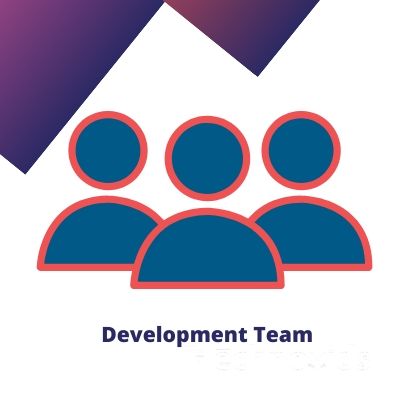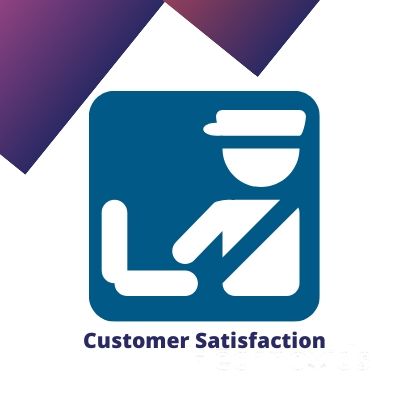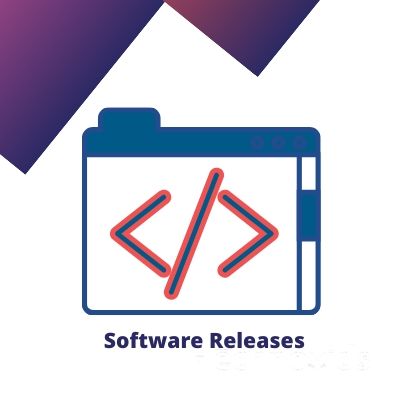
The essence of DevOps lies in the continuous deployment of code for achieving software maturity. This maturity is dictated by continuous integration, continuous delivery, and continuous deployment. How does each of them differ from the other?
In order to ensure continuum in the software delivery process, continuous integration is the first step that comes to play. As the terminology suggests, the step refers to the integration of individual codes into the entire development domain after they are created and thoroughly tested. Some modern DevOps tools are known to compile, run, and test the codes before they are deployed into the environment.
This step can only be executed correctly if continuous integration is implemented correctly. The Continuous Delivery process takes care of extensive regression, performance, and User Interface (UI) assessments. In doing so, developers make sure that the code is ready for production.
At this stage, the software delivery model is already one notch higher, thanks to the automatic code deployment to production after every CodeCommit and building process. While the implementation observes an on-demand model in the Continuous Delivery stage, the software is automatically pushed into the production environment.
With direct investment for high-end infrastructure and software testing, Continuous Delivery is gradually revolutionizing the way businesses are done. Be it small, medium or large-scale organization, this DevOps practice is ensuring greater business value and efficiency that further motivates DevOps teams to make informed decisions. To elaborate further, here are some of the key benefits that Continuous Delivery promises developers:

When using automated tools for testing software, developers are entitled to experience maximum code coverage. However, that doesn’t end here; automated software testing procedures guarantee a high level of security, without compromising the integration and performance of the code. Containerization and similar other concepts eradicate all ambiguities or complexities in the environments and prevent unwanted errors while production.

As more development teams embrace the DevOps culture, assimilated QA procedures gradually ramp up the efficiency of the teams in terms of coordination and delivery. As automated processes involving build, test and release of software take to the console, developers can now stay motivated on how to solve challenges in a cost-effective manner.

This is a no-brainer; after all, the more you invest your passion into something, the more effortless and flawless it becomes. In a similar vein, models such as blue-green deployment in AWS effectively minimize downtime for clients, thereby providing them with a seamless production release. Also, clients can leave ongoing feedback during the entire process, ensuring that the production stays in alignment with the client’s demands.

Automation at all development levels, including tests and deployment, make sure that all existing manual mechanisms are duly eliminated, paving way for a more routine approach as opposed to panic-stricken moments. This approach helps developers achieve speedy time-to-market and an increased number of software releases.
To summarize, DevOps teams must walk that extra mile and establish a foolproof Continuous Delivery pipeline to derive the ultimate software delivery results. By internalizing the core DevOps culture and adopting a continual learning mindset, industry leaders are likely to achieve the highest scope for researching and experimenting, while absorbing automation into their mainstream business proceedings.
WhatsApp us

Request A Free Demo Today !